
Gas welding is a procedure of joining at least two elements in order to establish a fixed joint, using the warmth of gas ignition. There are several types of gases to be used in this procedure.
This Gas Welding Certificate course incorporates explaining the position of welding, the technology and technique of welding.
Each welded construction has a sketch, and the students are trained to be able to interpret and know the data from the sketches.
In the gas welding procedure there is always the danger of electrification, radiation, fire, or explosions. This Gas Welding Certificate course teaches the students about the danger factors and prepares them to be adequately prepared to act in a case of emergency or injury. The general health and security measures, personal protection, and first aid are all included within the theoretical part of the gas welding course and training.
Gas Welding Equipment:
- Oxygen gas cylinder
- Acetylene gas cylinder
- Pressure regulator
- Both gas hose pipes
- Welding torch or blow pipe with set of nozzle and gas lighter
- Trolley for the transportation of oxygen and acetylene cylinders
- Cylinder key and spanner
- Filler rods and fluxes.
Advantages of Gas Welding:
- It can be applied to a wide variety of manufacturing and maintenance situations.
- Welder has considerable control the temperature of the metal in the weld zone.
- The equipment is versatile, low cost, self sufficient and usually portable. Beside gas welding the equipments can be used for preheating, post heating, braze welding, torch brazing and it is readily converted to oxygen cutting.
Applications of Gas welding:
- For joining thin materials.
- In automotive and aircraft industries, in sheet metal, fabrication jobs.
- For joining most ferrous and non-ferrous metals e.g- Carbon steel, alloy steel, cast iron, aluminum, copper, nickel, magnesium and its alloy etc.
Entry Requirements
KCPE or equivalent
Objectives of Gas Welding (Artisan)
Upon completion of this Gas Welding NITA Certificate course, the student will:
- Be able to recognize the dangers and observe the relevant safety precautions while performing/supervising hotwork.
- Be able to understand the functioning of different types of welding equipment and their working principles.
- Acquire the knowledge of correct welding electrodes and filler rod selection and parameter settings based on the material to be welded.
- Acquire the requisite skill to make acceptable weld joints on steel and non-ferrous plates and pipes with both, gas and arc welding in different positions up to 3G Level.
- Acquire skills in gas cutting techniques.
- Acquire skills in brazing using filler rod such as silver and bronze.
- Acquire the skill to be able to weld non-ferrous metals such as Stainless Steel, Cast Iron and Aluminum.
Related articles
-
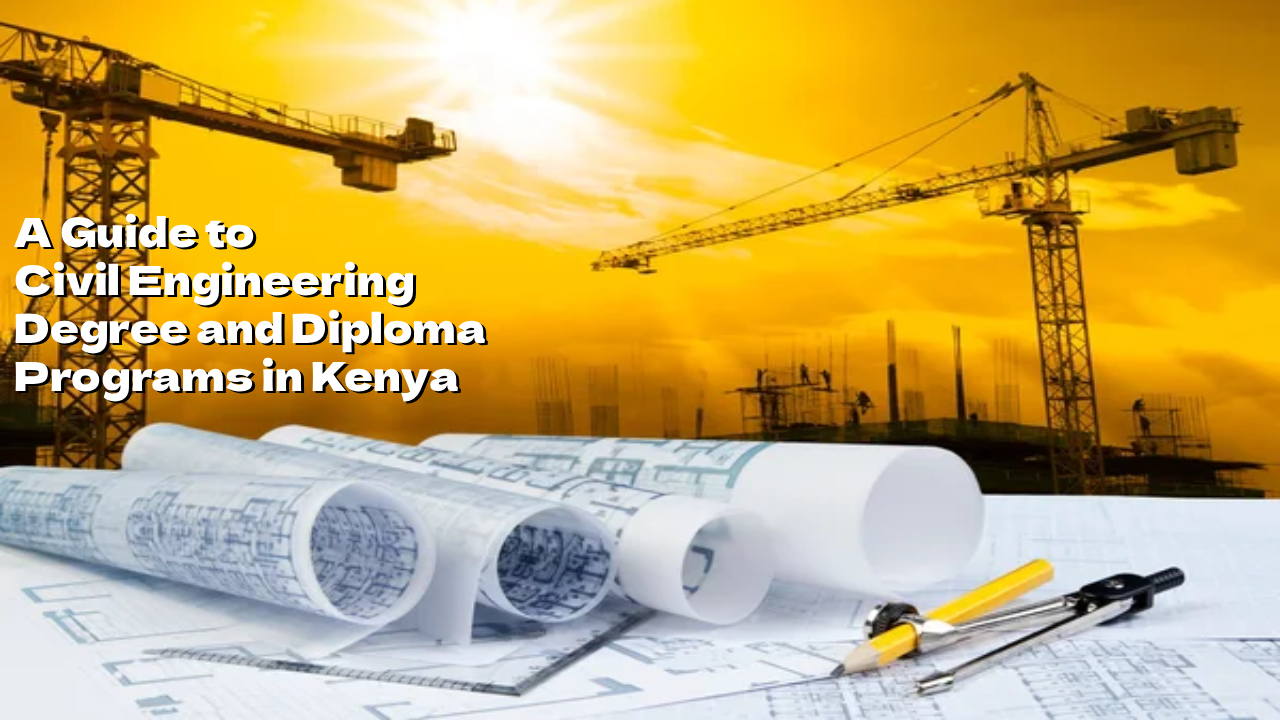
A Guide to Civil Engineering Degree and Diploma Programs in Kenya
08-Nov-2025 -
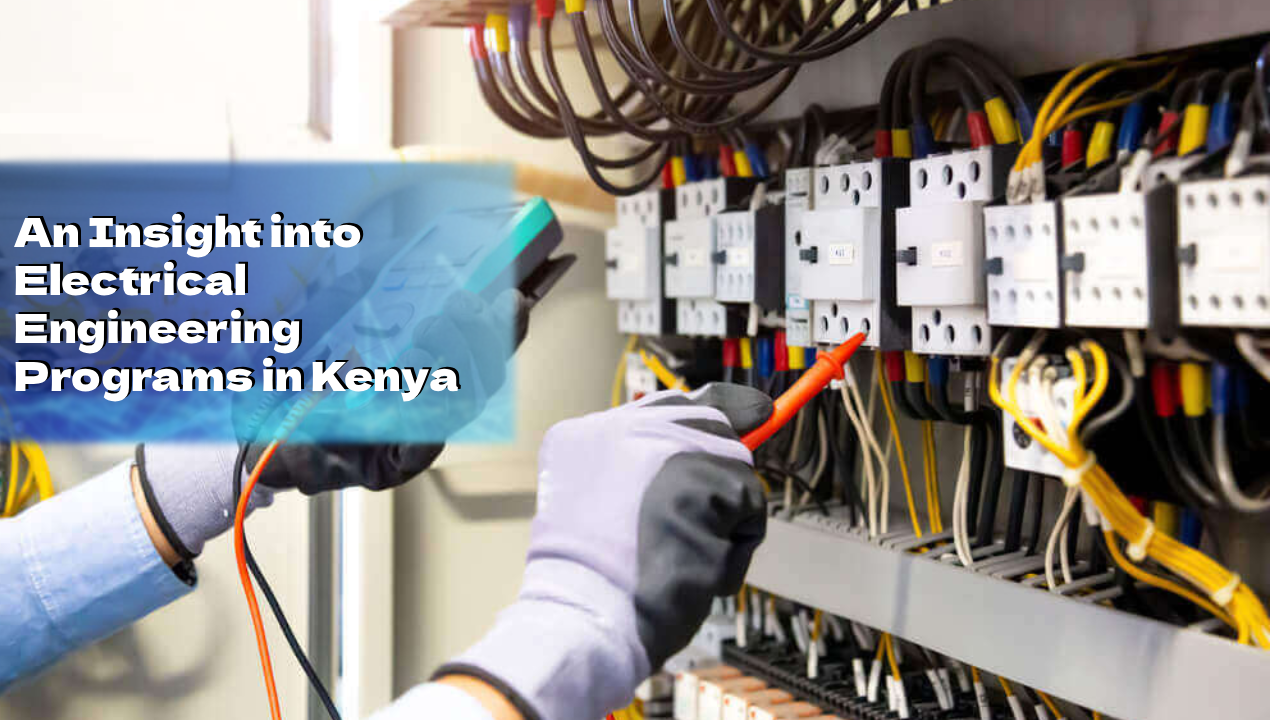
Electrical Engineering in Kenya: A 2025 Guide for KCSE Graduates
08-Nov-2025 -
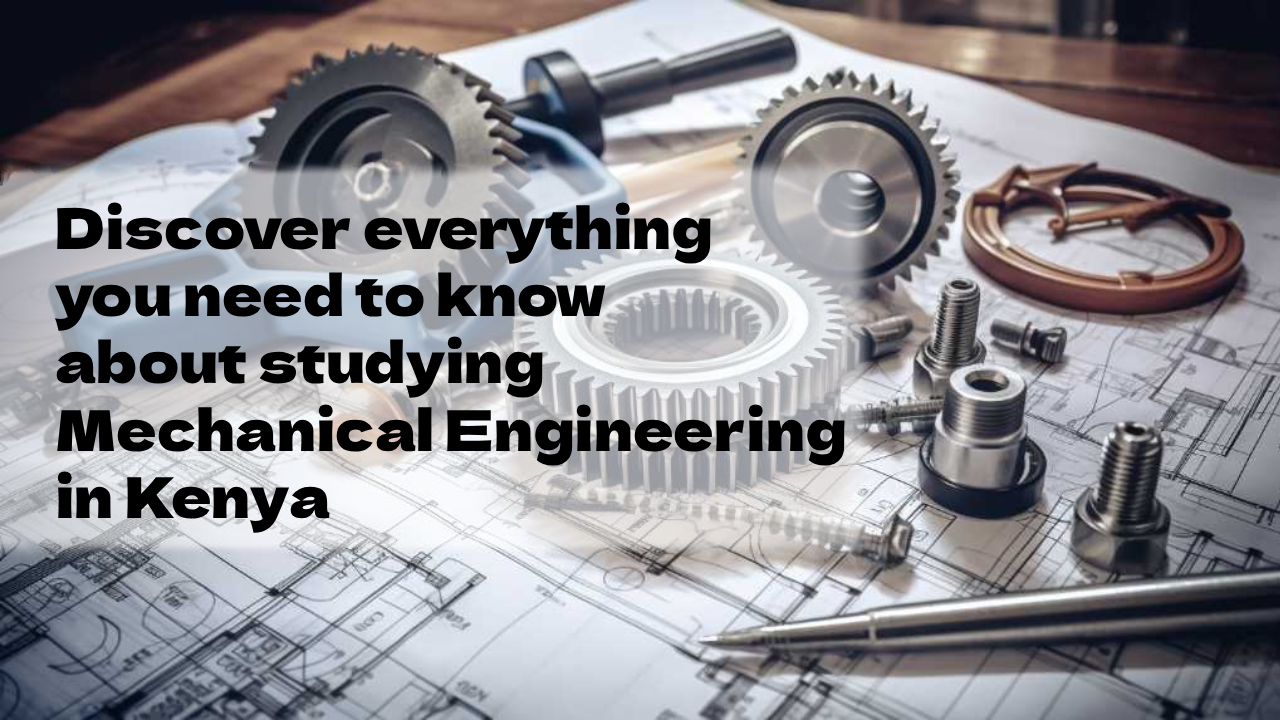
Mechanical Engineering in Kenya: A 2025 Guide for KCSE Graduates
08-Nov-2025 -
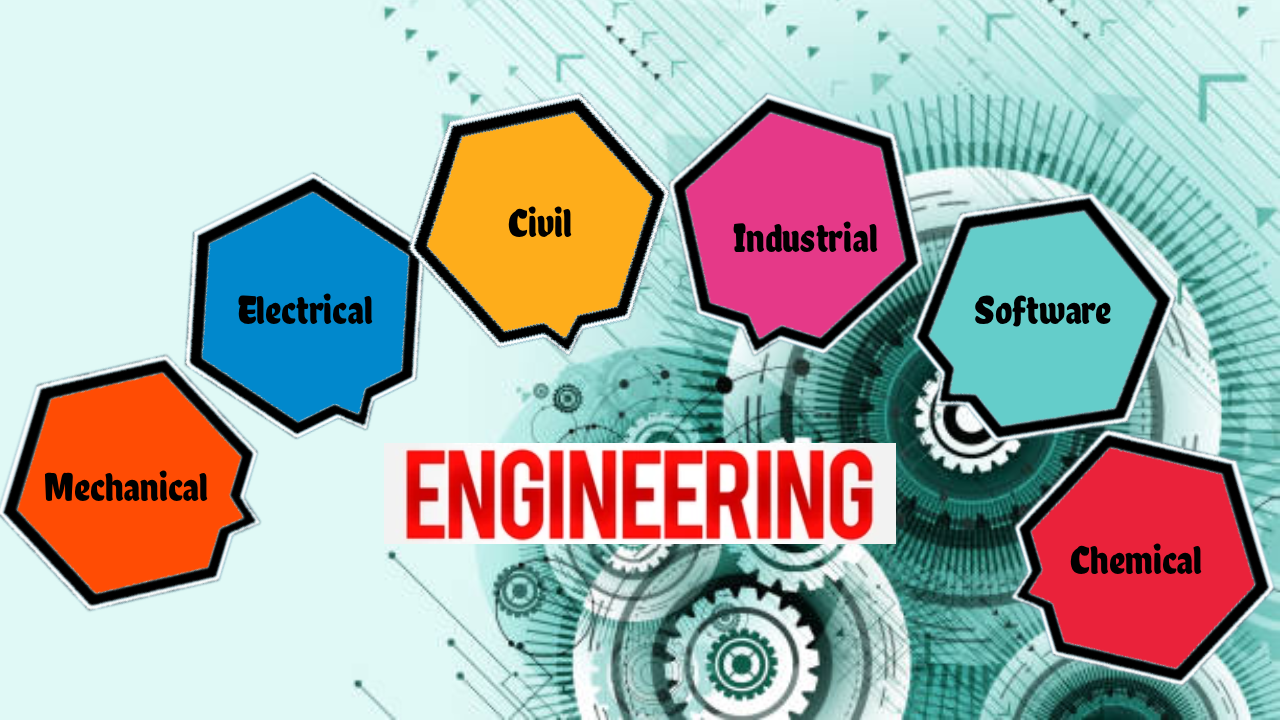
Engineering Courses in Kenya: A Guide for 2025 KCSE Graduates
08-Nov-2025 -

Education Pathways in Kenya — From Basic Education to Tertiary | College Guide
06-Nov-2025 -

The Bird and the Mirror: A Reflection on Identity, Perception, and Illusion
07-Feb-2025
Colleges offering Gas Welding (Artisan)

Kajiado North
East African Institute of Welding

Nakuru Town East
Sensei Institute of Technology

Dagoretti South
Rene Descartes Training Institute
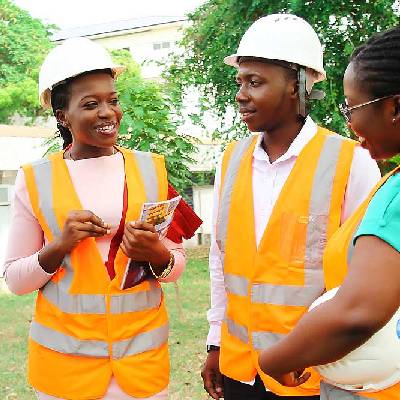
Machakos Town
